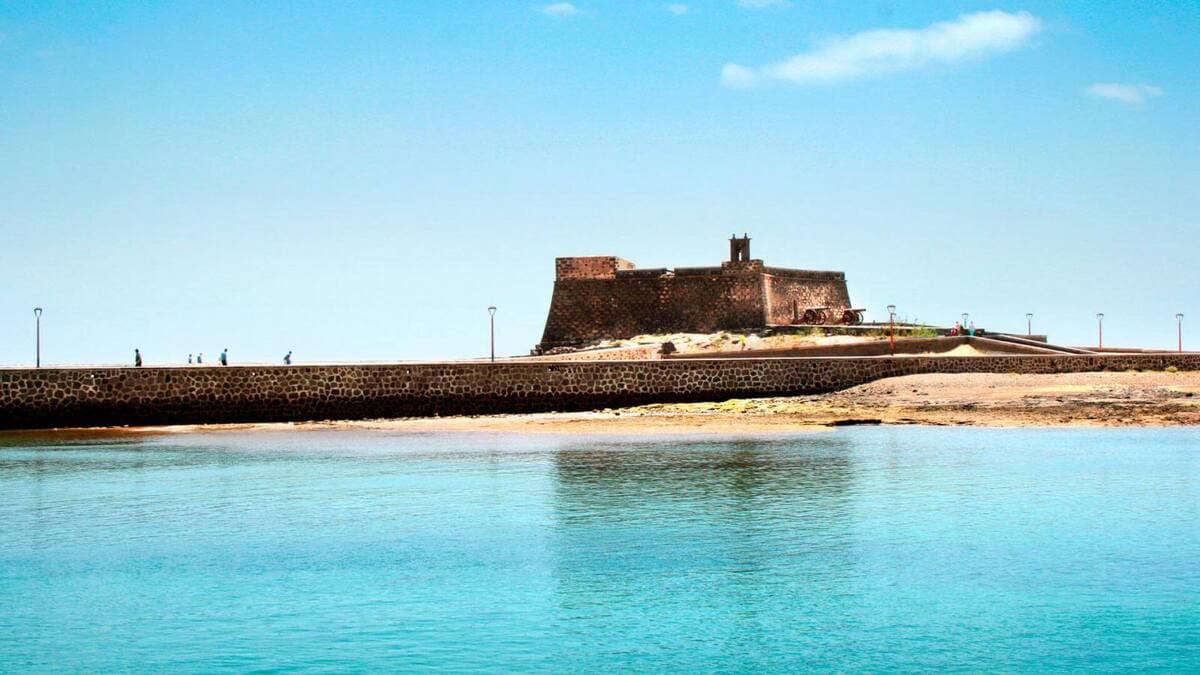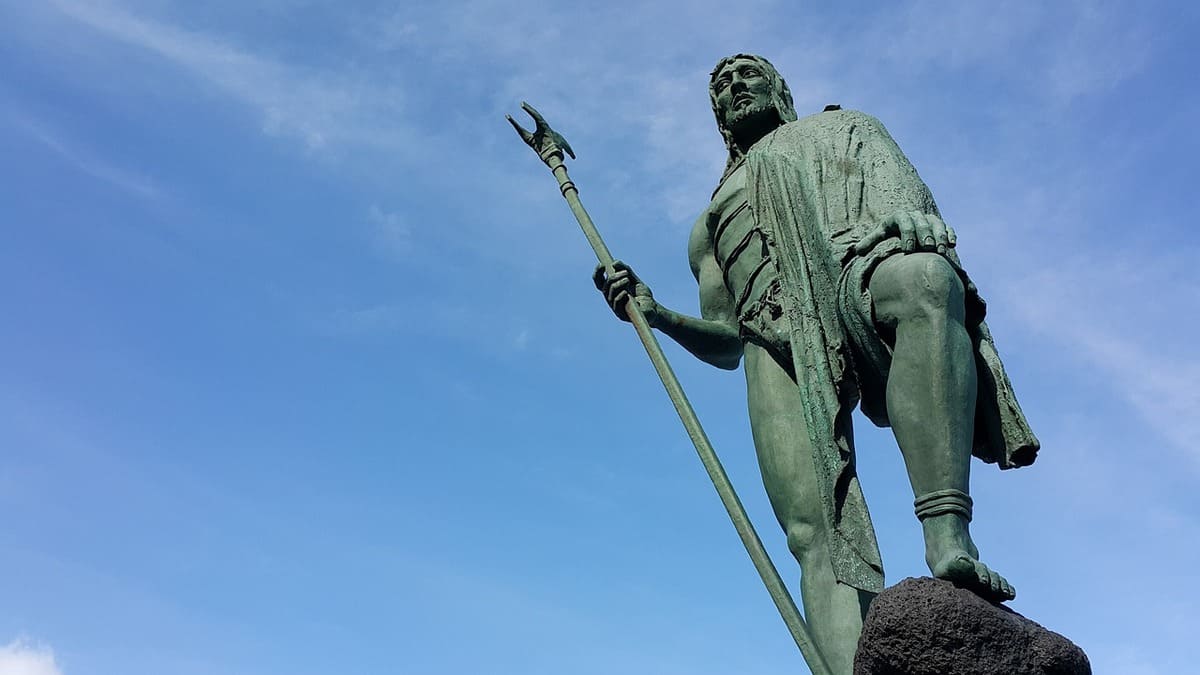The strategic position of the archipelago, marked by the trade winds and the thermal inversion they generate, makes it impossible for clouds to form , which means that the sky in the Canary Islands is one of the clearest in Europe. Furthermore, together with Chile and Hawaii, it is one of the three astronomical destinations in the world.
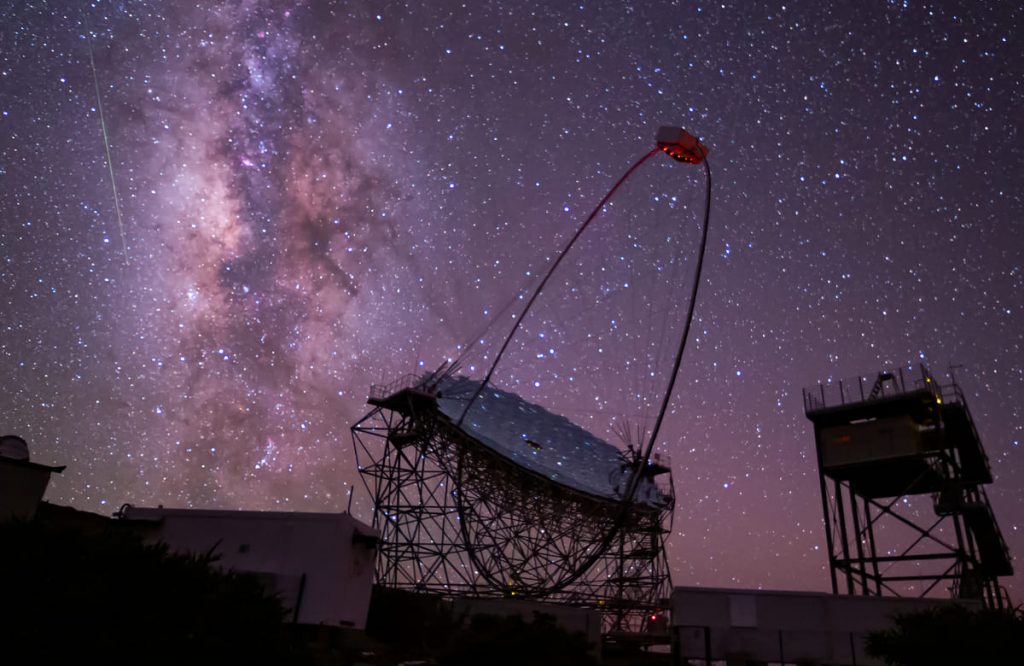
Protected by the so-called Sky Law (Law 31/1988), this is the first law in the world to deal with light pollution at night. In addition, it also controls radioelectric and atmospheric pollution and regulates air routes so that nothing interferes with the observation of the stars.
World-class facilities
The archipelago has astronomical facilities of great importance worldwide, where everything from cosmic studies to astrophysical experiments have been carried out, which has led to the Canary Islands sky being considered a true astronomical reserve.
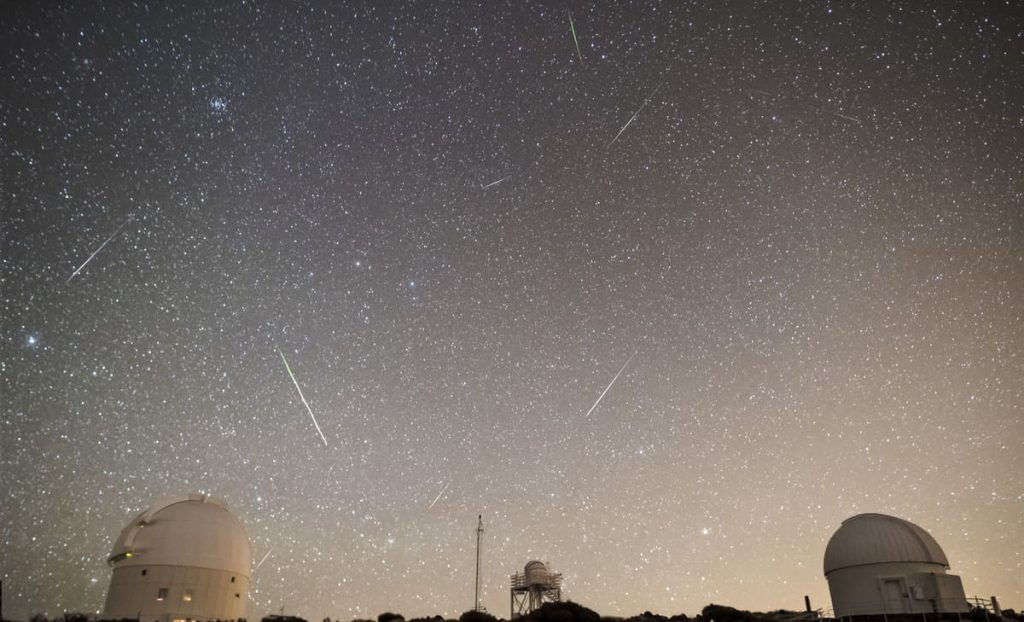
Some of the facilities located on the islands are at an altitude of 2,400 metres above sea level, such as the GREGOR Solar Telescope in Tenerife, the largest in Europe, or the Roque de los Muchachos Astrophysical Observatory on La Palma, one of the most prestigious in the world.
GREGOR Solar Telescope in Tenerife
GREGOR is a solar telescope with an aperture of 1.5 metres, which is currently installed at the Teide Observatory in Tenerife, specifically on Mount Izaña.
Designed to measure with high precision the magnetic field and gas motion in the solar photosphere and chromosphere, GREGOR can resolve details 70 km above the Sun's surface, and perform high-resolution stellar spectroscopy.
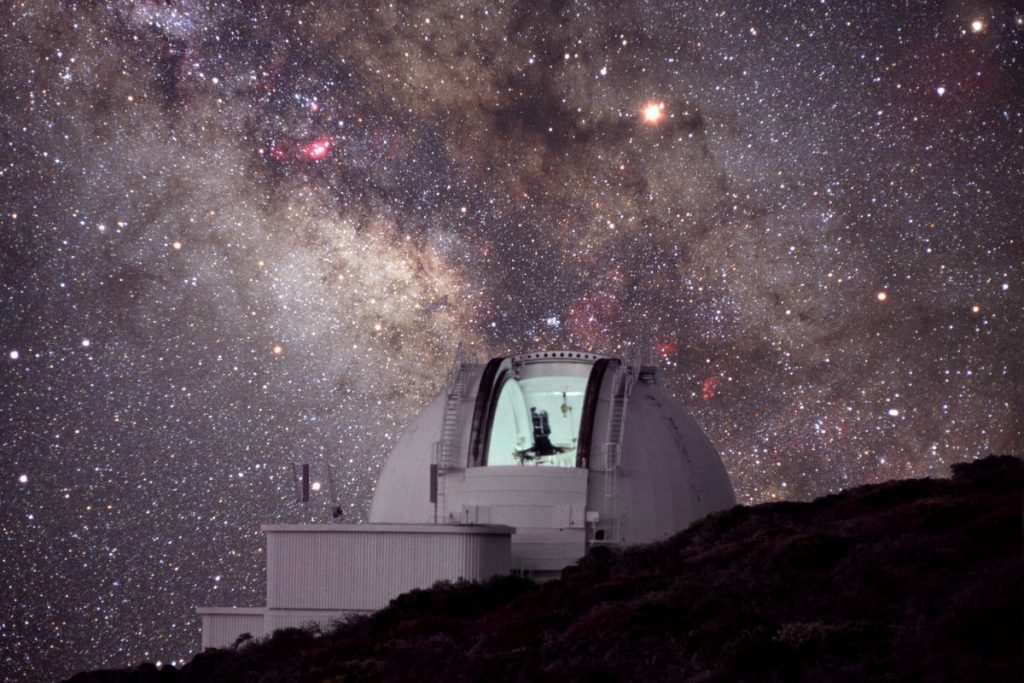
This project is predominantly carried out by the German Consortium consisting of the Kiepenheuer Institute, the Astrophysical Institute Potsdam. As well as the Observatory of the University of Göttingen and other national and international partners.
Roque de los Muchachos Astrophysical Observatory
The Roque de los Muchachos Observatory, on the edge of the Caldera de Taburiente National Park on the island of La Palma, is home to one of the most complete telescope arrays in the world. Thanks to the characteristics of the island's sky, this observatory has the best conditions for astronomical research.
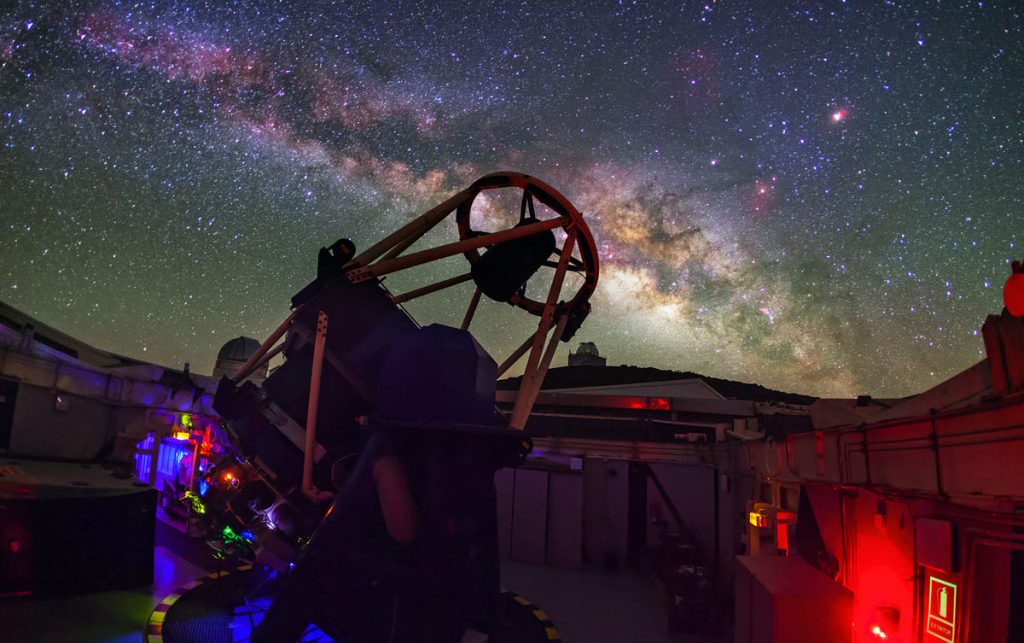
It currently has the largest optical and infrared telescope in the world. It also has around twenty other telescopes and astronomical instruments for different types of studies. These include night-time observations, robotics, solar physics and high-energy astrophysics.
These telescopes have made great advances in the study of the Universe, such as finding the deepest galaxy, the most distant galaxy, and confirming the existence of black holes and the accelerated expansion of the Universe.
The sky of the Canary Islands: Starlight Reserve
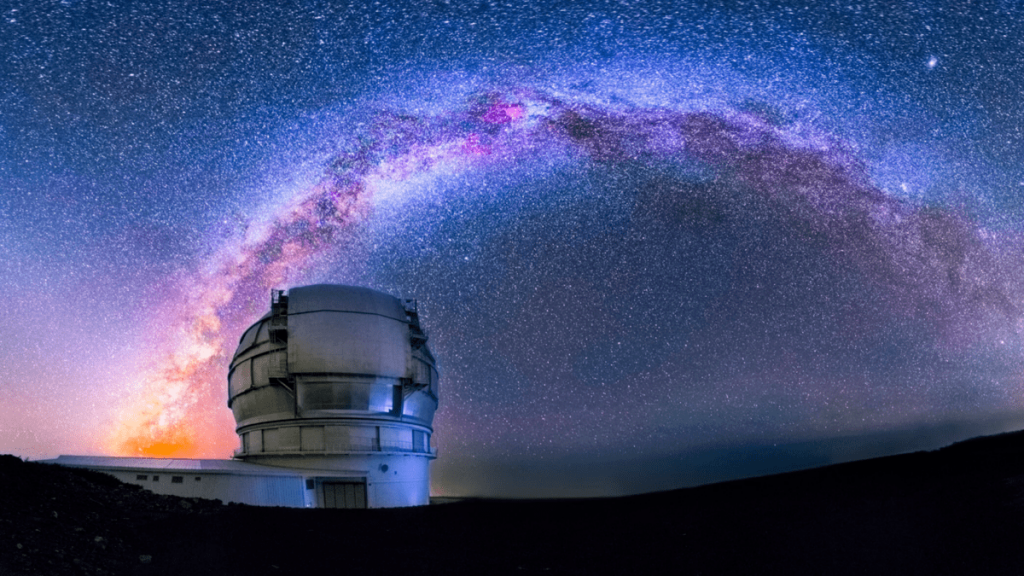
There are several areas on the islands that have been recognised as Starlight Reserves. The Starlight Foundation is an initiative promoted by the Instituto de Astrofísica de Canarias, whose objectives are the protection of the night sky, the cultural dissemination of astronomy and sustainable local economic development through astro-tourism.
The island of La Palma forms part of the Starlight Reserve, together with the summits of Tenerife and El Teide and the island of Fuerteventura.
Institute of Astrophysics: a way to observe the Canarian sky
The Instituto de Astrofísica de Canarias (IAC) is a Spanish research centre located in the Canary Islands due to the quality of its skies. Together, the Roque de Los Muchachos Observatory and the Teide Observatory, as well as the IAC, constitute the European Northern Observatory.
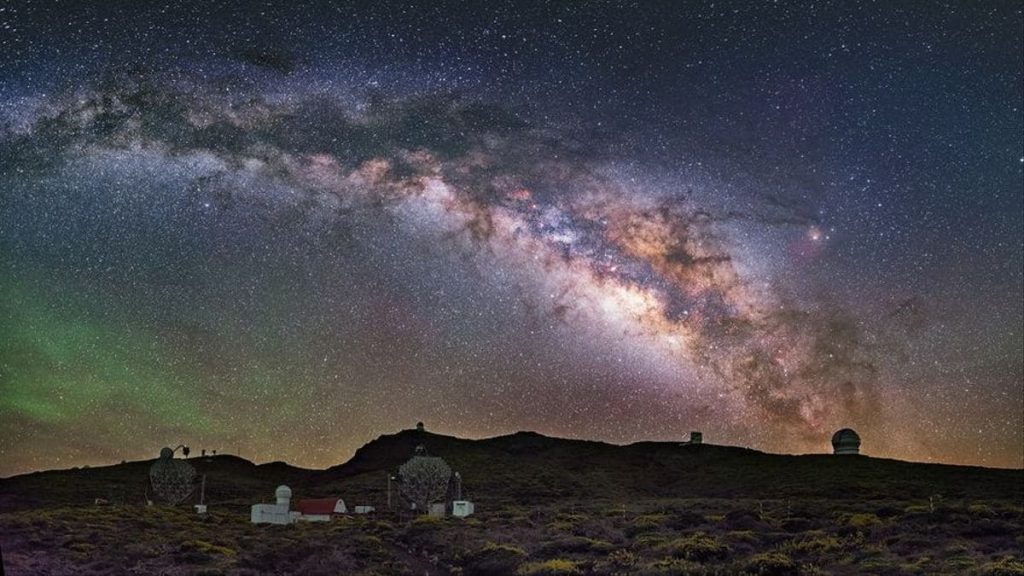
Based in San Cristóbal de La Laguna, it is a public consortium made up of the Government of Spain, the Government of the Canary Islands, the University of La Laguna and the Spanish National Research Council, with the participation of institutions from 19 other countries.
Paula Vera
Photos: iac.es

